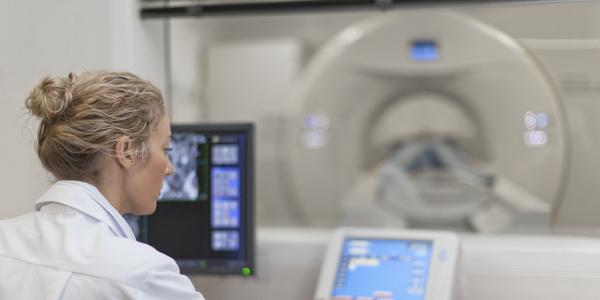MDR clinical evaluation planning - intended purpose, indications, contraindications

The definition of the intended purpose and indications for use of the device is a critical first step which shapes all subsequent aspects of the evaluation: it defines the objectives of the evaluation, the scope of associated literature searches, the scope of the risk evaluation, criteria for selection of state of the art (SOTA) devices and therapies and ultimately the evaluation of the sufficiency of the clinical evidence.
The EU AIMDD and EU MDD both defined ‘intended purpose’ as ‘the use for which the device is intended according to the data supplied by the manufacturer on the labelling, in the instructions and/or in promotional material’. Frequent reference to ‘intended purpose’ was made in both Directives, linking it inextricably to demonstration of conformity to the Essential Requirements (ERs) and the clinical evaluation. However, no mention was made of medical indications, other than a single reference to ‘contra-indications’ in each Directive. This led some manufacturers to interpret ‘intended purpose’ to mean ‘the action performed by the device’ or ‘how the device is used’, with no reference to other parameters such at the intended patient population, treatment indications, end stage and severity of disease, etc. For example, the intended purpose of a lumbar fusion cage could theoretically be defined as ‘to provide stabilization and to allow or enable fusion between two adjacent lumbar vertebral bodies when used with autogenous and/or allogeneic bone graft material’. However, without a definition of the indications for lumbar fusion, it is extremely difficult to demonstrate a satisfactory benefit-risk conclusion. The risks associated with spinal surgery, for example, may be acceptable when weighed against the benefits for a patient with intractable pain and disability due to grade IV spondylolisthesis, whereas a patient with mild to moderate degenerative disc disease may respond well to less invasive therapies. The intended purpose statement must be unambiguous and include only those indications for which a positive benefit-risk conclusion can be demonstrated.
Although Article 2(12) of the EU MDR provides the same definition of ‘intended purpose’ as the former Directives, Annex I Section 23.4 confirms that the intended purpose includes indications, where these exist:
The instructions for use shall contain all of the following particulars:
…
(b) the device’s intended purpose with a clear specification of indications, contra-indications, the patient target group or groups, and of the intended users, as appropriate
It is important to note that not all devices have indications, as clarified by the definition of ‘indication’ in MDCG 2020-6:
'indication’, ‘indication for use’: refers to the clinical condition that is to be diagnosed, prevented, monitored, treated, alleviated, compensated for, replaced, modified or controlled by the medical device. It should be distinguished from ‘intended purpose/intended use’, which describes the effect of a device. All devices have an intended purpose/intended use, but not all devices have an indication (e.g. medical devices with an intended purpose of disinfection or sterilisation of devices).
However, where a device does have indications, confirmation of conformity with the relevant General Safety and Performance Requirements (GSPRs) of Annex I must include clinical data relating to these indications. Annex XIV Section 1a specifies that the clinical evaluation plan must include ‘a clear specification of intended target groups with clear indications and contra-indications’ and
an indicative list and specification of parameters to be used to determine, based on the state of the art in medicine, the acceptability of the benefit-risk ratio for the various indications and for the intended purpose or purposes of the device
It is therefore clear that broad intended purpose statements will not be satisfactory for most devices under the EU MDR.
Manufacturers may be unsure of the level of specificity required for the definition of intended purpose, indications and contraindications. For example, is it necessary to specify all anatomic locations in which a suture may be used? To what extent should a transcatheter aortic valve replacement specify the grade and severity of aortic stenosis for which it is indicated? Should a CT scanner specify every disease condition for which it might be used as an aid to diagnosis?
A useful guiding principle is to consider not just the intended purpose of the device, design principles and mechanism of action, but the standard of care and risks associated with any given potential indication or application. The greater the unknown unknowns and potential risks, the greater the need for specificity in the intended purpose statement.
This blog post is an excerpt from our latest white paper: Clinical evaluation under EU MDR. Please download the full white paper to find out more.
The Compliance Navigator blog is issued for information only. It does not constitute an official or agreed position of BSI Standards Ltd or of the BSI Notified Body. The views expressed are entirely those of the authors.

